Trauma Recovery As Untangling
Have you ever tried explaining the process of going to therapy to someone who hasn't gone to therapy?
If the therapist you've seen is any good, it might feel challenging to get across to that person what's happening. That's because for a good therapist to be effective, they need to be well attuned to the person they're working with. The same is true in Somatic Experiencing.
I can sit with one person in the morning who's struggling with chronic pain. Their work might include learning how to remap sensation around their pain so that they're able to also notice what's going right in their body--and that'll be really important for them to be able to integrate their experience of pain AND ALSO their experience of basic ok-ness.
In the next hour, I might be helping someone who's struggled their whole life long with not feeling safe in their body. That person might look at me with wild eyes when I ask them to pause and notice sensation--and I might not ask them to focus on it for very long…at first.
In each case, as with many others, the work I do in helping people recover from trauma is like untangling a pile of jewelry that's all knotted together. Some parts hang aimlessly while others are (seemingly) hopelessly knotted together. The small shifts I help folks in my care make in their attention over time adds up to themselves emerging out of the tangles; whole, clearer, more able to be present.
I can't see what the whole process will be from the beginning, but I'm very good at finding the key knots to gently work at.
